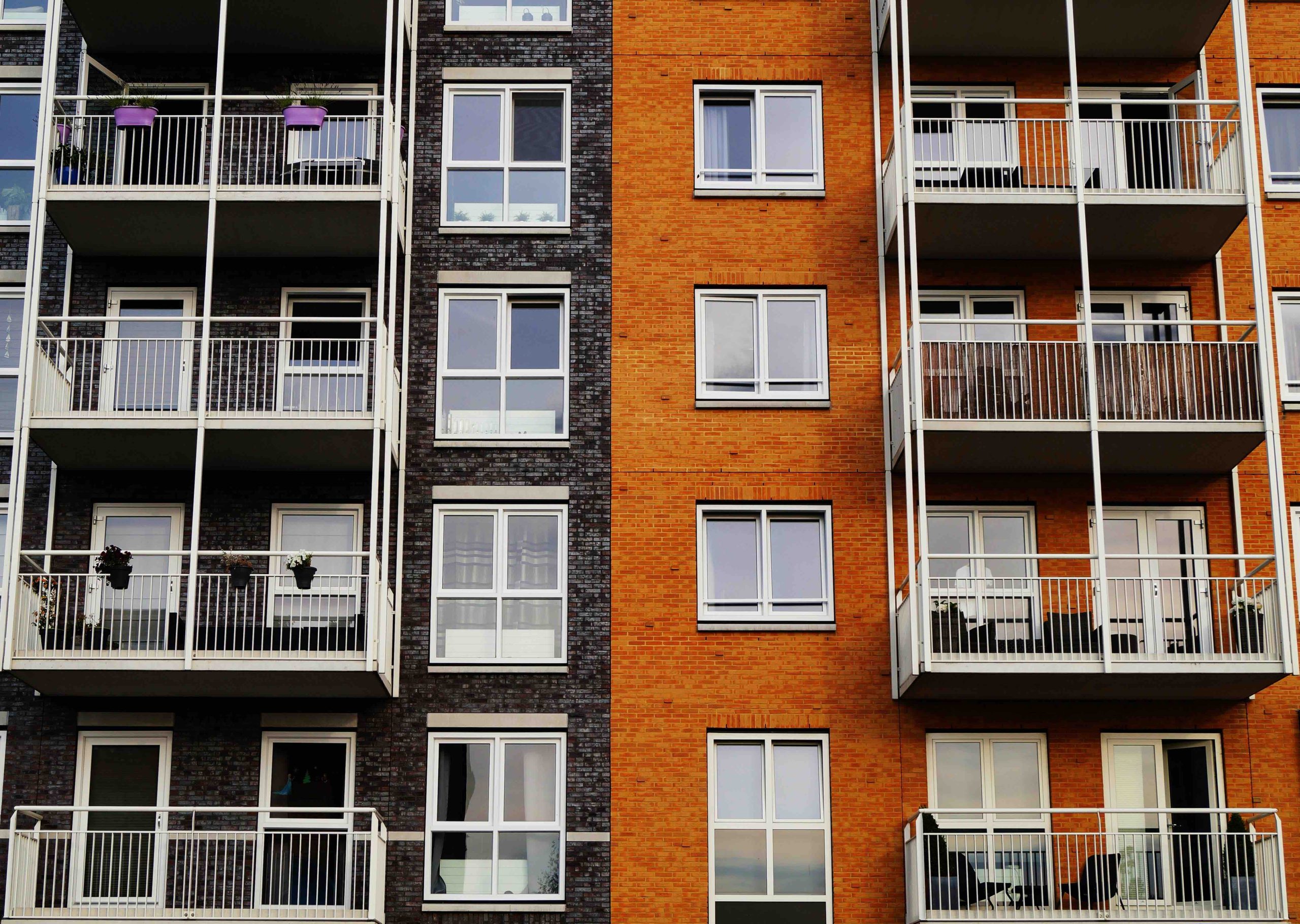🎯 Goal: give you the right reflexes to avoid surprise assessments, de-risk your transactions, and protect your unit’s value—without jargon.
Summary — Quick navigation
- 1. What actually changes?
- 2. Maintenance Logbook: content, format, responsibilities
- 3. Reserve Fund Study: plan and finance without stress
- 4. Syndicate Attestation: sell without grey areas
- 5. Governance & transparency: practical habits
- 6. Fees & resale value: real impacts
- 7. Express checklists by profile
- 8. Concrete examples (mini-cases)
- 9. FAQ
- 10. Go further (blog, valuation, contact)
1) What actually changes? 🚦
What does the “new condo law” cover?
Practically, Law 16 brings tools and management habits many condominiums were missing. It requires a structured Maintenance Logbook, a Reserve Fund Study updated periodically, a Syndicate Attestation when selling, greater document transparency, and developer obligations so the board receives a complete “starter file.” The goal isn’t to complicate co-owners’ lives—it’s to end seat-of-the-pants management and costly surprises.
Why is this good news for co-owners?
Because a predictable building is worth more than an unpredictable one. Planned work costs less than emergency repairs, reassures buyers and lenders, reduces AGM tension, and protects resale value. In short: less stress, more control. 😌
Useful official resource:
OACIQ — new rules in divided co-ownership
.

2) Maintenance Logbook: content, format, responsibilities
What is a compliant Maintenance Logbook?
The Logbook is the building’s technical memory. It clearly aggregates the component inventory, condition, life cycle, work history, and a preventive maintenance plan. Kept properly, it becomes your dashboard: what to do, when, why, and with which budget. It also prevents knowledge loss when board members rotate or the manager changes.
What must the Logbook include (clean structure)?
- Building identity sheet: year built, number of units, envelope profile (walls, roof), mechanical/electrical systems, parking/garages, elevators, common areas.
- Component inventory with photos: detailed list (roofing, membranes, balconies, windows, cladding, drains, structure, HVAC, sprinklers, intercom, etc.) with dated photos.
- Condition & prioritization: classify critical / important / monitor, add technical rationale, last service date, known issues, and risk level.
- Preventive maintenance plan: seasonal tasks (e.g., drains, sealants), annual (e.g., roof inspection), multi-year (e.g., duct cleaning, recaulk cycles) with owners, due dates and cost estimates.
- Work & incident history: a log for each intervention (date, scope, contractor, cost, warranty, attachments: invoice, report, “before/after” photo).
- Alignment with the Reserve Fund Study: the maintenance plan must reflect the Study’s recommendations and replacement horizon (see next section).
In one page, the board sees progress, gaps and upcoming priorities—the best antidote to “we got blindsided.” ✅
Who creates it and who updates it?
Accountable: the syndicate (board). In practice, commissioning the initial setup from an independent qualified professional (engineer, architect, technologist) gives you a clean baseline. Then the board ensures continuous updates: log every intervention, adjust timelines based on observations (e.g., premature wear), and tune the budget to the Study. This discipline avoids rebuilding from scratch every few years.
5-step mini action plan
- Collect plans, invoices, warranties, inspection reports, AGM minutes.
- Inspect to spot critical items, confirm real condition, and document with photos.
- Draft the inventory + preventive plan (tasks, due dates, owners).
- Align the Logbook to the Study (calendar/budget).
- Share via a secure read-only portal, keep a revision log, and hand off cleanly.
3) Reserve Fund Study: plan and finance without stress 📈
What’s the purpose of the Study?
To project major replacements (roof, windows, garages, façades, mechanical systems) over a long horizon and to recommend a realistic contribution path. The objective isn’t to inflate fees, but to smooth upcoming expenses and avoid special assessments at the worst moment.
What must the Study include—no exceptions?
- Component condition (consistent with the Logbook, with photos and findings).
- Calendar of major interventions (by year, with “if/as” windows to reflect future inspections).
- Cost projections (explicit inflation assumptions, rational contingencies, simple sensitivity scenarios).
- Annual capitalization plan (proposed step-up, target reserve level, periodic reviews).
| Reactive | Proactive |
|---|---|
| Reactive approach Wait for failure → emergency financing (often special assessment). | Proactive approach Gradual capitalization per the Study → planned works, stronger credibility. |
| Limited visibility, high stress. 😬 | Long-range visibility, smoother sales, calmer co-ownership. 😌 |
4) Syndicate Attestation: sell without grey areas 🧾
What is the Attestation and when should you request it?
The Attestation is a concise summary: it confirms fund balances (reserve / self-insurance), notes any special assessments, indicates the document status (Logbook, Study, minutes, insurance) and recent decisions. Sellers benefit by requesting it as soon as they list to avoid a time crunch during conditions.
How does it reduce disputes?
It sets buyer expectations, shrinks blind spots and smooths negotiations. A clear file = fewer objections, less back-and-forth, tighter timelines.
To follow expert news and analysis (French):
CondoLegal — new rules in divided co-ownership
.
5) Governance & transparency: practical habits 📂
Which documents should co-owners be able to access?
At minimum: the Maintenance Logbook, the Reserve Fund Study, financial statements (including dedicated funds), AGM minutes, the insurance policy, and internal policies. A secure read-only portal avoids version sprawl and repetitive requests.
How can a board build trust?
- Clarity: a plain-language annual report (done / upcoming / funded) everyone can understand.
- Traceability: tie each decision to Logbook findings / Study recommendations; keep a revision log.
- Accessibility: set official channels and response timelines; avoid technical debates in ephemeral chats.
6) Fees & resale value: real impacts 💸
Will my fees necessarily go up?
Not necessarily. If your reserve is already healthy and the maintenance plan is followed, the impact can be modest. Where there’s catch-up to do (underfunded reserve, near-term major work), a predictable, gradual increase is the most equitable way to avoid a shock assessment. Most owners prefer a clear trajectory to a last-minute “surprise tax.”
Why does a well-funded reserve boost value?
- Perceived risk ↓ → calmer buyers, stronger demand.
- Up-to-date documents → faster deals, fewer renegotiations around “unknowns.”
- Clear plan → anticipation over improvisation; the board looks credible and AGMs are constructive.
explain the assumptions in plain language (inflation, priorities), and show how savings reduce the probability and size of special assessments.
Predictability = buy-in. 📈
7) Express checklists ✅
What should a co-owner do?
- Obtain the latest Logbook + Study and read them before approving a budget.
- Check planned works over 3–5 years and the impact on contributions.
- Attend AGMs and ask about priorities and timelines.
What should a board / syndicate do?
- Select an independent professional for the Study (skills, method, clear deliverables).
- Align the budget to the Study; if you deviate, explain it in writing.
- Prepare a seller kit (Attestation, minutes, financials, Logbook/Study to date).
What should a seller prepare?
- Request the Attestation early to save time during conditions.
- Compile minutes, financials, Logbook/Study, insurance; check for coherence.
- Present a complete file for a faster transaction.
What should a buyer verify?
- Cross-check Attestation ↔ Logbook ↔ Study ↔ budget (coherence and board seriousness).
- Read recent minutes; identify upcoming works and budget resolutions.
- Order a targeted inspection based on age, envelope and mechanical systems.
8) Concrete examples (mini-cases) 🧩
How to avoid a financial shock?
Case A — Roof & garages: the Study shows a 3-year spending peak (membranes + slabs). The board phases in contributions, prioritizes competitive bids, and sets a realistic contingency. Result: no loan, no special assessment, schedule respected.
What does a strong start bring to a new condo?
Case B — New build: the developer delivers the Logbook + initial Study. The board verifies the pro’s independence, adds field data (minor defects, warranty adjustments) and adopts an annual update routine. Charges are realistic from day one and the building quickly earns a reputation for transparency.
How does a well-prepared Attestation speed up a sale?
Case C — Sale: Attestation and documents are shared with the offer. The buyer gets a clear view of the funds and planned works and removes conditions without renegotiation. Shorter timelines and minimal stress for everyone.
9) FAQ ❓
Will my condo fees definitely increase?
No. Where reserves are adequately capitalized and the plan is followed, the impact is limited. Where catch-up is needed, a gradual increase is the fairest way to avoid shocks.
Who can produce the Reserve Fund Study?
An independent qualified professional (engineer, architect, technologist, chartered appraiser, CPA—per applicable rules) with a transparent methodology.
Is the Attestation enough to buy?
It’s a central piece, but it complements (doesn’t replace) due diligence: minutes, financials, Logbook/Study, insurance policy, inspection.
What if documents are missing?
The board should formally require delivery in writing, set a reasonable deadline, log follow-ups, and, if needed, mandate a pro to fill gaps (e.g., compile a compliant Logbook).
10) Go further 🧭
More practical, local articles (FR): my blog 📝
Fast, no-obligation valuation: Get my condo valuation 📊
Got a specific question, a sale/purchase plan, or a document to decode?
Contact me directly 📞💬



